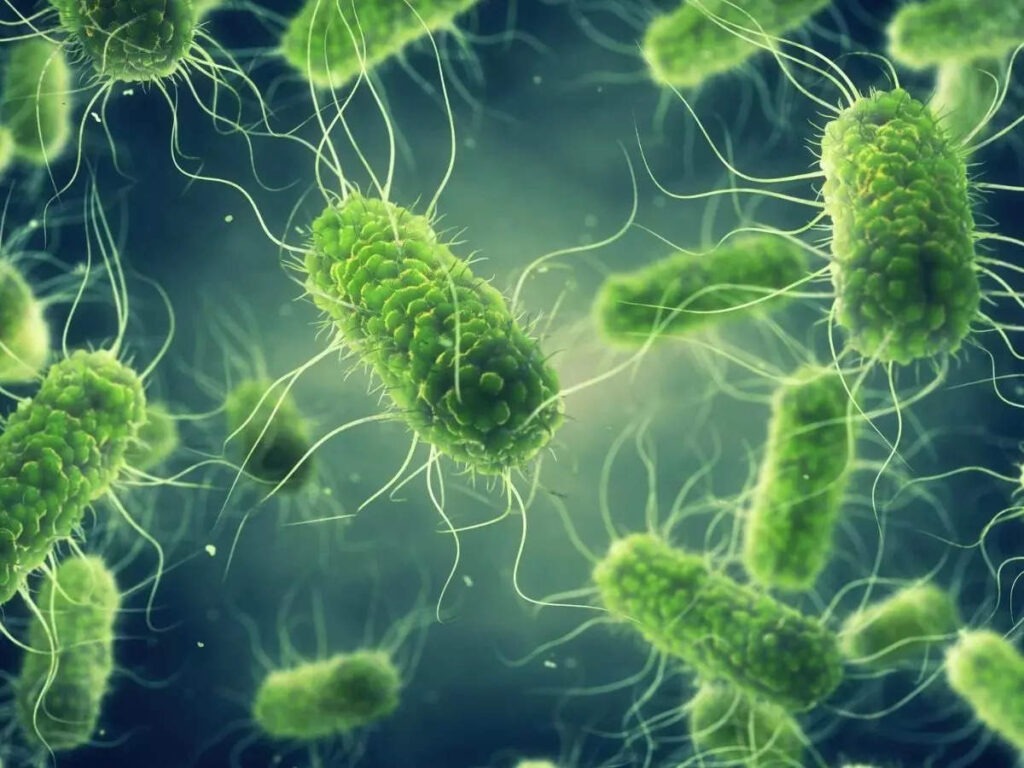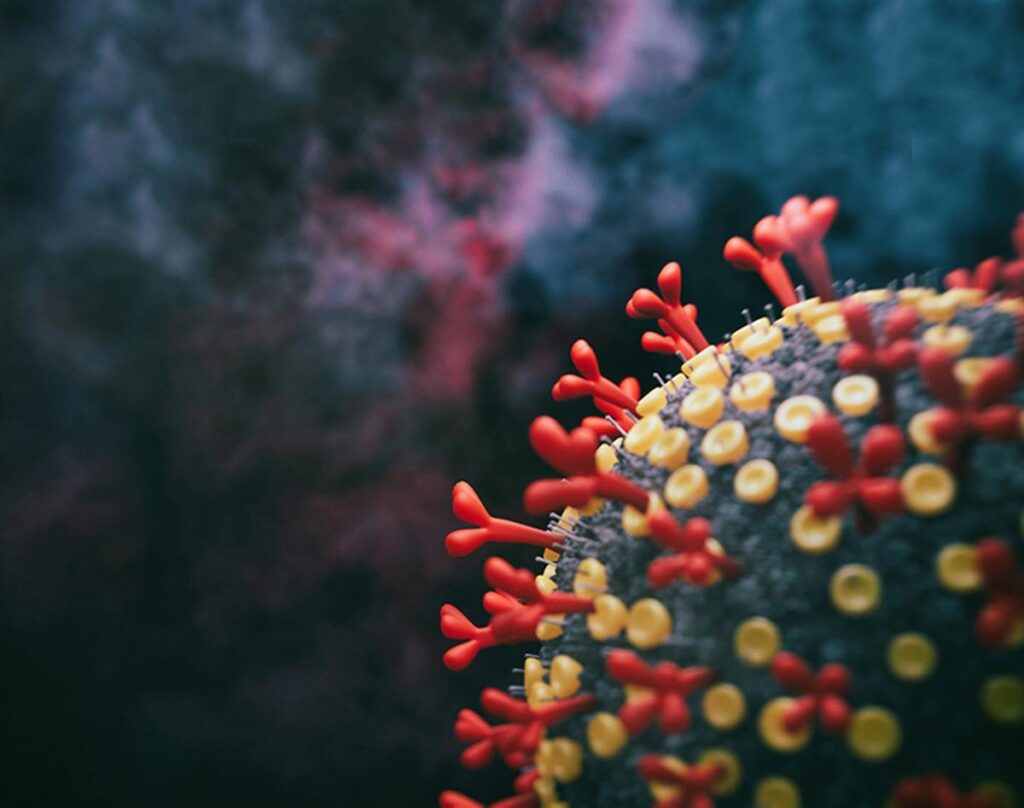The WHO has introduced updated terminology for pathogens that transmit through the air, describing them as Infectious Respiratory Particles (IRPs).
About Infectious Respiratory Particles (IRPs):
- Pathogens that transmit through the air will be described by the term ’infectious respiratory particles’ or IRPs
- The term “through the air” can generally describe an infectious disease where the primary mode of transmission involves the pathogen traveling through or being suspended in the air.
- Individuals infected with a respiratory pathogen can generate and expel infectious particles containing the pathogen through their mouth or nose by breathing, talking, singing, spitting, coughing, or sneezing.
- These particles are referred to as IRPs.
- IRPs exist on a continuous spectrum of sizes, and no single cut-off points should be applied to distinguish smaller from larger particles.
- The pathogens covered include those that cause respiratory infections, such as COVID-19, influenza, measles, Middle East respiratory syndrome (MERS), severe acute respiratory syndrome (SARS), tuberculosis (TB), and others.
Ref:Source
| UPSC IAS Preparation Resources | |
| Current Affairs Analysis | Topperspedia |
| GS Shots | Simply Explained |
| Daily Flash Cards | Daily Quiz |



